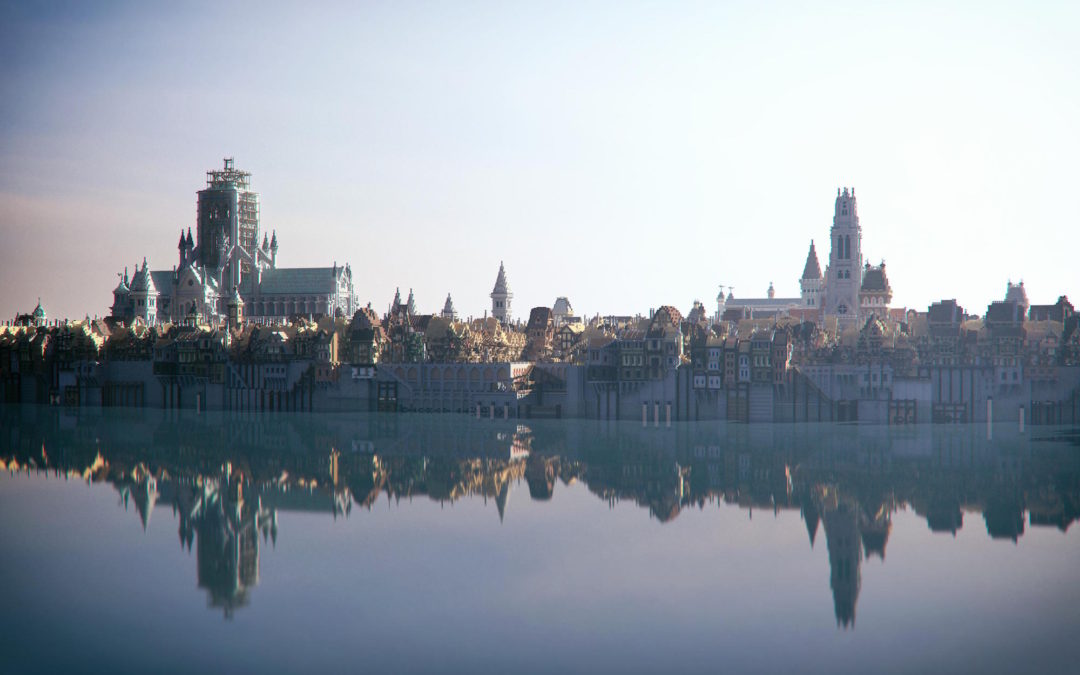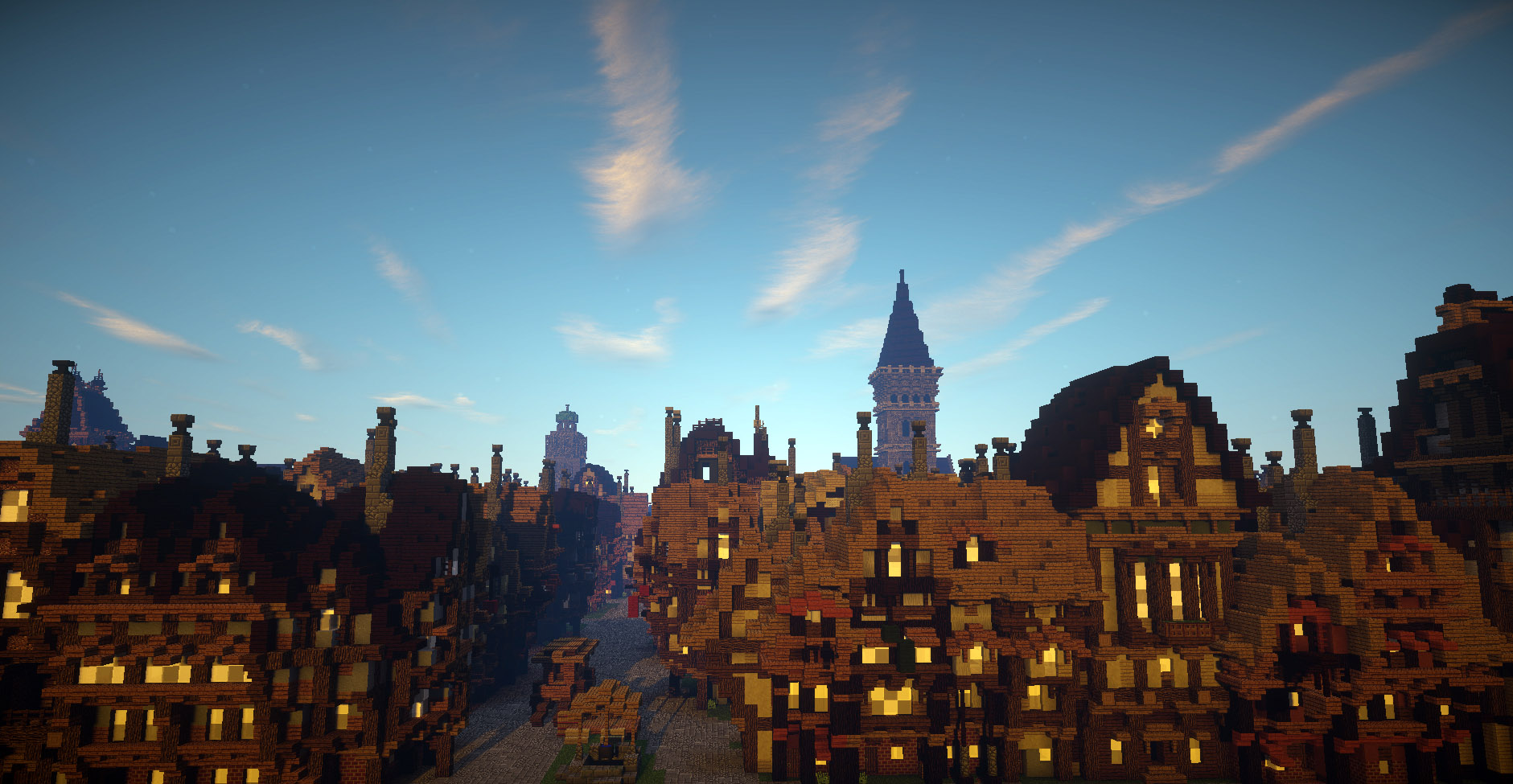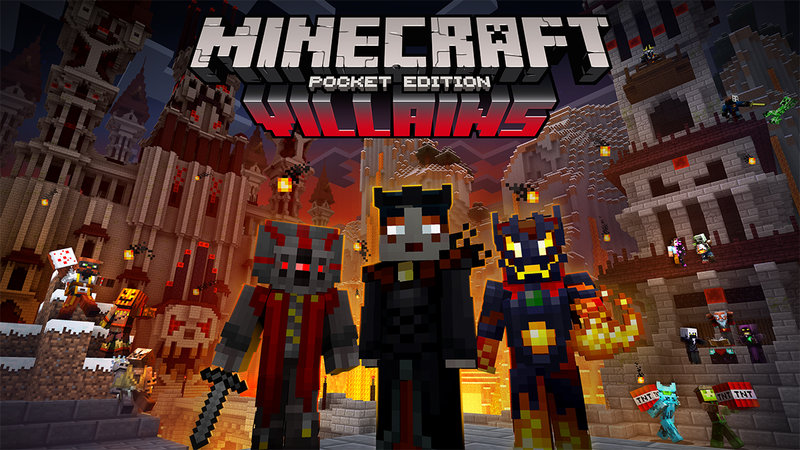
by Stone Marshall | Aug 3, 2016 | Minecraft News |
Mojang yesterday announced the new Villains Skin Pack for Minecraft Pocket and Windows 10 Edition. This new Villains Skin Pack is available as part of 0.15.4 update of Pocket and Windows 10 edition along with several bug fixes and improvements. Find the full change log below.
New Features:
Tweaks:
- More localization fixes.
- Fixed the HUD moving when riding an animal in VR.
- Fixed a few texture issues.
- Some tweaks to Gear VR edition performance & experience.
- Increased draw distance for Win 10 edition.
Bug Fixes:
- Fixed comfort issues caused by rain & snow in your face in VR.
- Lead lines no longer disconnect from the hand when jumping in Immersive Mode in Gear VR.
- Leads now display the correct texture & don’t cause crashes in Gear VR.
- Fixed a crash on the inventory screen.
- Horse container screen now keeps labels visible.
- Bone meal and spawn eggs now consumed in Survival mode.
- B button to quit from main menu works on Win 10 edition now.
- Fixed a crash when creating or entering a new world.
- Fixed a crash when traveling the world with render distance set to maximum.
- Worlds with UTF-8 symbols in their name are now displayed in the Play tab for Win 10.
- Fixed some issues with players creating new realms.
Minecraft team is aware of a possible crash when you set your draw distance to maximum on the 32-bit Win 10 edition if you have a discrete graphics card. They are working on it to fix it as soon as possible.
Mojang releases new 0.15.4 update for Minecraft: Pocket Edition and Windows 10 Edition
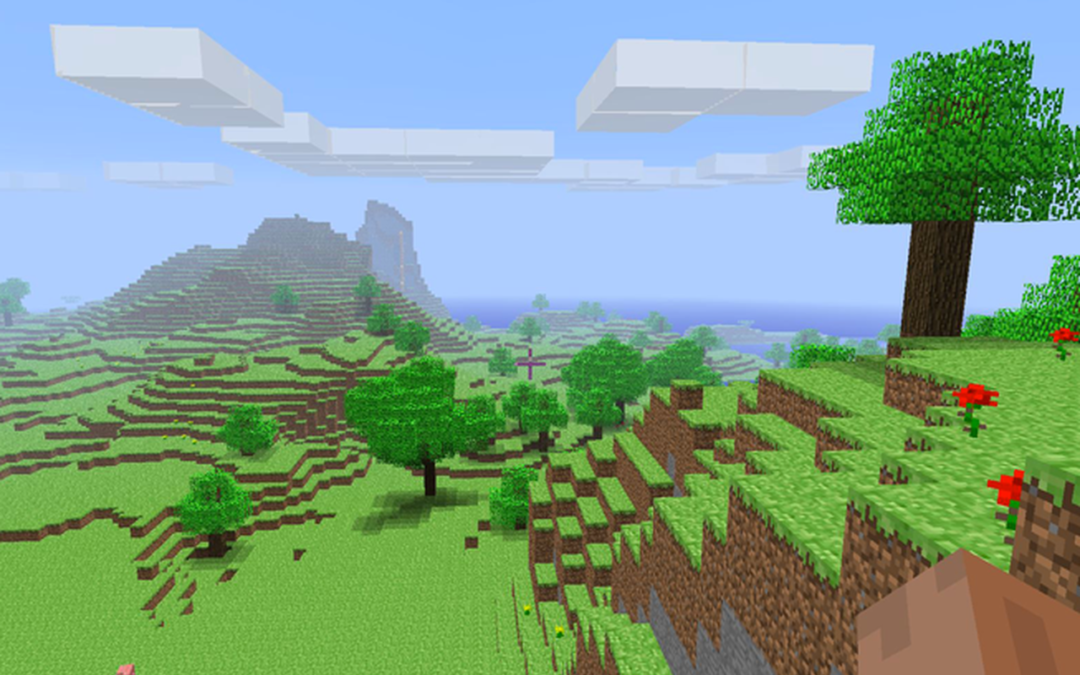
by Stone Marshall | Aug 2, 2016 | Minecraft News |
Minecraft for Windows 10 will be adding support for the Oculus Rift VR headset in the “next few weeks.” Microsoft and Mojang announced the news on the one-year anniversary of Minecraft’s release on Windows 10, confirming that it will be a free update. Windows isn’t the first platform to enable Minecraft in virtual reality — that would be the Samsung Gear VR, where a VR edition of the game launched in April. But the Oculus Rift, which features things like external camera tracking, will allow for a different and possibly more comfortable experience.
We’ve tried VR versions of Minecraft on both the Rift and the Gear VR, and our impressions have varied — some of us love it, others find it disorienting. If you own an Oculus Rift, it’s worth trying simply because there aren’t that many long, complex games for the platform. There’s more information available on the Minecraft site, though we don’t know the exact release date yet.
One other, minor note: we also don’t know what’s going on with the Touch motion controller on the Minecraft VR page. We’ve only seen the game using a standard Xbox gamepad on the Rift, and it’s likely to stay that way, given how much work adding motion controls could involve. But with Oculus Connect coming up in October, anything is possible.
Minecraft will get Oculus Rift support in next few weeks
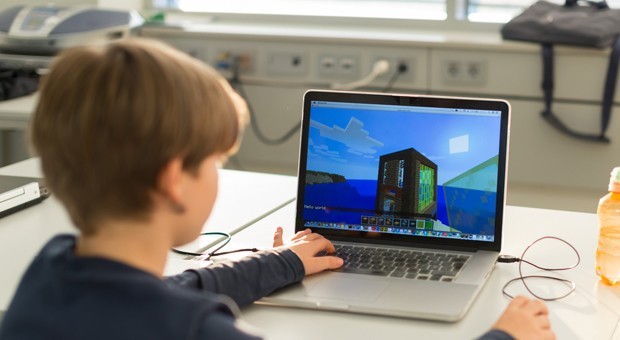
by Stone Marshall | Jul 31, 2016 | Minecraft News |
If you have computer-savvy kids at home, odds are they play Minecraft—or know someone who does.
Now owned by Microsoft, the Swedish indie program has become one of the biggest computer games of all time, with more than 70 million copies sold. In other words, if your kid has access to a computer, phone or tablet and isn’t playing Minecraft yet, it’s probably just a matter of time.
Parents may be surprised to find out that Minecraft can help teach kids about all sorts of things, from math and science to problem solving, collaboration and history. In fact, many teachers now embrace Minecraft as an important tool in the classroom.
What Is Minecraft?
If you’re unfamiliar with the basic concepts behind the Minecraft phenomenon, it’s hard to do it justice in a short article (How To Geek offers a 15-part introduction to Minecraft that just begins to scratch the surface).
Here’s a very simple explanation: players appear in a randomly generated land (map) where there are different landscapes (biomes), populated by friendly and unfriendly creatures (mobs). Players can dig (mine) and build (craft) with natural resources (blocks) to create simple items or astonishingly complex buildings and cities. Users can share their world with other players—locally on Wi-Fi or globally on servers (some servers are specifically for kids or families).
You can do anything you want, limited only by your imagination.
In Minecraft, there are no levels to pass or tasks to fulfil—instead, you can do anything you want, limited only by your imagination. This means some players just want to build castles (or recreate their actual homes), while others want to explore forests, oceans and caves (and, yes, some want to fight other players or the computer-controlled monsters.)
There are different ways to play Minecraft. Many kids find creative mode is an ideal fit, because it eliminates game threats like nighttime beasties, hazardous terrain and even hunger; instead, it just lets them explore or build—two activities kids have loved for millennia. But beyond this sense of fun (and the camaraderie of sharing adventures with friends online or in the real world), what do kids learn when they play Minecraft?
Unlimited Potential
Andrew Forgrave teaches grades three and four in Eastern Ontario. He’s been playing Minecraft for about four years—ever since his sons introduced him to it. He compares Minecraft to “unlimited Lego with unlimited friends.”
Now, his students research life in early Ontario or medieval times and share their learning by constructing annotated “virtual village museums” in Minecraft. They also study isometric drawings to re-create the game’s characters in art class.
“Once you understand what [Minecraft] is and how it works, the options are virtually unlimited. I liken Minecraft to a pencil—once you get the basic grip and put point to paper, what you create is influenced by your focus, your thoughts, the others you are working with,” explains Forgrave, who shares his experiences with other teachers at the annual Educational Computing Organization of Ontario conference and has attended numerous grassroots-organized #edCamps to talk about the game.
In June, Microsoft’s vice-president of worldwide education shared a list of how Minecraft is used in schools around the globe, including U.S. middle-schoolers who researched religious landmarks and rebuilt them block-by-virtual block and Scottish kids who learned about city planning and engineering by redesigning their hometown’s waterfront in practical ways.
Vickie Morgado, an elementary school teacher in the Greater Toronto Area, also uses Minecraft in her classes.
“In Grade three, teachers can have students build structures in [the] open world and communicate about them—there are lessons here about engineering and physics. I’ve even seen teachers ask students to demonstrate their understanding of the different levels of soil through the game,” she says.
She’s had students recreate pioneer villages and employ math skills to calculate the perimeter and volume of their buildings.
She’s had students recreate pioneer villages and employ math skills to calculate the perimeter and volume of their buildings. However, Morgado herself isn’t a Minecraft-devotee.
“I wouldn’t describe myself as someone who really enjoys playing Minecraft, but I can…link it to the curriculum to engage students. If it helps them learn, then I embrace it,” she says. “I think more teachers want to do it, but sometimes they feel they have to know the game inside out. That is not the case. The kids know how to play it. We design the ideas and then take a co-learning stance.”
Minecraft As A Learning Tool
Despite positive responses from parents and other teachers, Forgrave is aware of concerns about excessive screen time, always-on mobile devices and the depersonalization of communication.
“As an educator, I am mindful of the need to balance all areas of learning for children. I have seen ‘gamified’ technology activities for children that have a very limited effect, given the time invested. I try to be a mindful critic in looking at technologies and assessing their relative value.”
In other words, Minecraft is not replacing traditional classroom learning—it’s a fun tool that helps complement other teaching methods. Many parents whose kids play at home also find the game’s immersive nature means it is important to set boundaries over when (and for how long) their children play.
Learn More About Minecraft
To learn more about Minecraft, check out books like Visual Guide to Minecraft: Dig into Minecraft with This (Parent-Approved) Guide Full of Tips, Hints, and Projects! or visit a site like MineMum—it offers special FAQs for parents and tips for offline Minecraft-inspired activities.
For teachers looking for more, gamingEDUs.org provides workshops and hosts weekly play-and-learn events online.
The game is also now part of Hour of Code, a worldwide initiative that aims to teach kids computer programming. There are also camps and workshops across Canada. Many local libraries even offer Minecraft classes.
MinecraftEdu is a collaboration of educators and programmers who work with developers to offer schools discounted licenses to make Minecraft more affordable and accessible. The group offers a modified version of the game that allows teachers to control what kids can do, whether it’s special challenges or opportunities to create specific buildings or lands. Guided by teachers, the game can be tailored to reinforce more traditional lessons about math, English or computer programming.
Do you or your kids enjoy Minecraft? What do you think of its educational possibilities?
What Kids Learn When They Play Minecraft
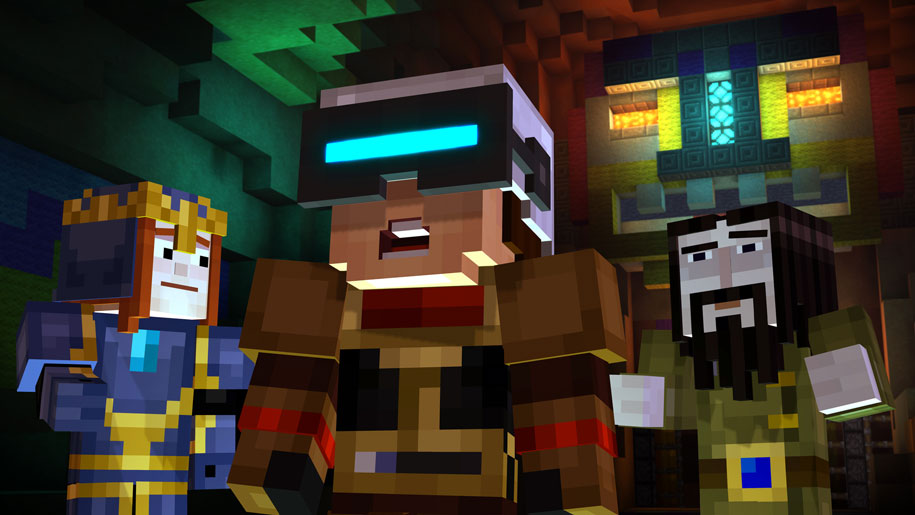
by Stone Marshall | Jul 27, 2016 | Minecraft News |
If you’ve been playing Telltale’s Minecraft: Story Mode [$4.99], you’ll be glad to know that the seventh episode of this long-running series, Access Denied, is available for download – or will be available today at some point. As we talked about recently, this episode moves away from the murder-mystery tone of Episode 6 and goes instead into a different narrative direction. Gone is the haunted house; instead, what we have inAccess Denied is a battle between Jesse’s crew and PAMA, a sinister AI seeking to command everything and everyone around it in a “pursuit of optimal usefulness and efficiency.”
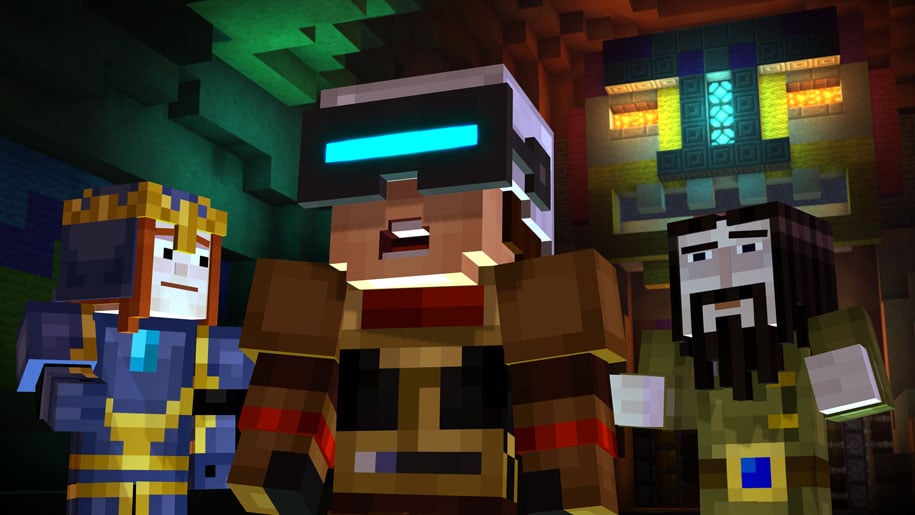
In a way, PAMA wants to do what redstoners have been doing ever since redstone was added to the game; we all know the struggle of trying to shrink down a redstone machine to its absolute smallest – yet efficient – size. Jesse will have to run from the all-mighty PAMA and seek the help of new friends to defeat this corrupted computer. Judging from the screenshots, there’s definitely a different feel from the earlier episodes of the series because of the emphasis on the digital and the virtual – including VR technology. There’s also a new cast member, Yvette Nicole Brown of Community fame, who plays Harper, PAMA’s creator in hiding.
Check out the screenshots below and let me know if you’re enjoying the direction Telltale is taking its series. You can also check our ongoing review of the series here. Remember, this episode wasn’t included in the original season pass, so you’ll need to either buy it separately or buy the Adventure Pass add-on.
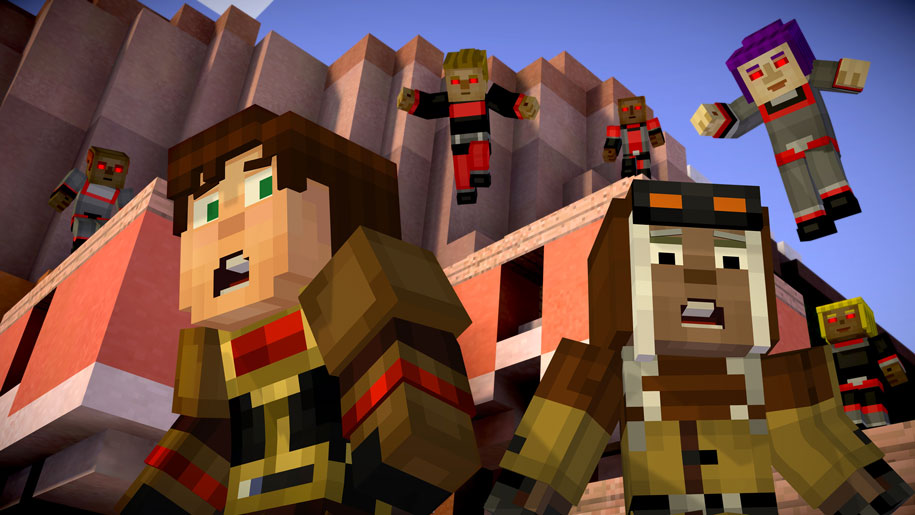
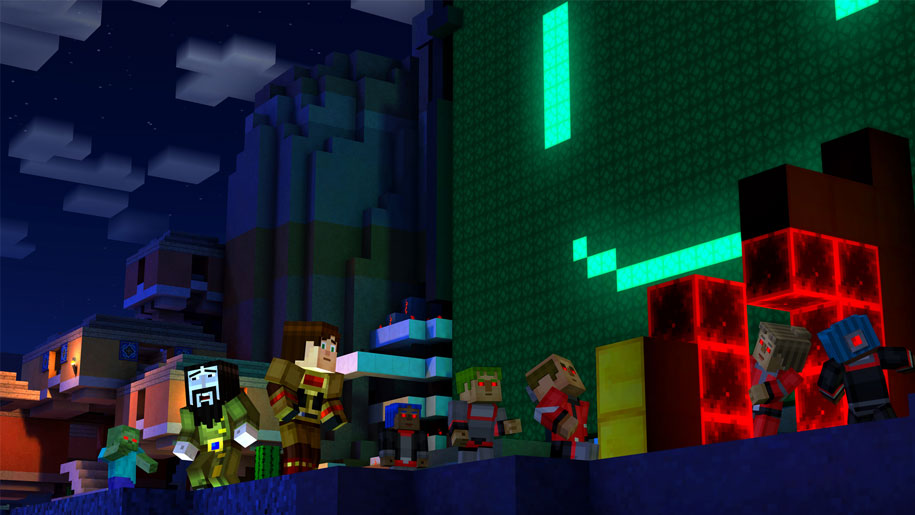
‘Minecraft: Story Mode’ Episode 7, ‘Access Denied’, Is Ready for Download









